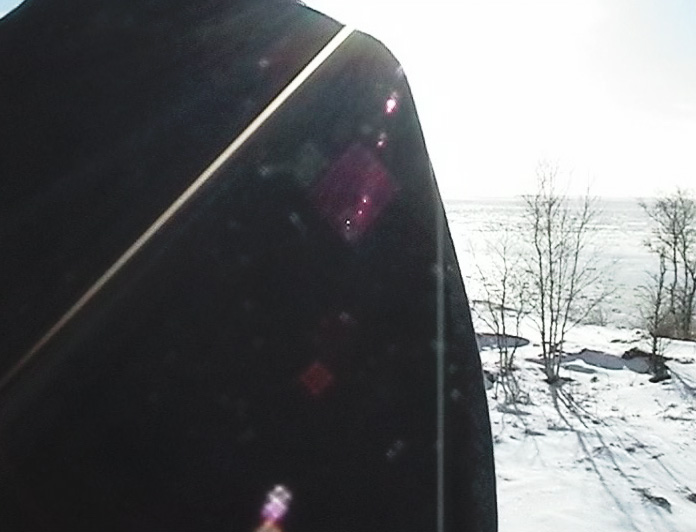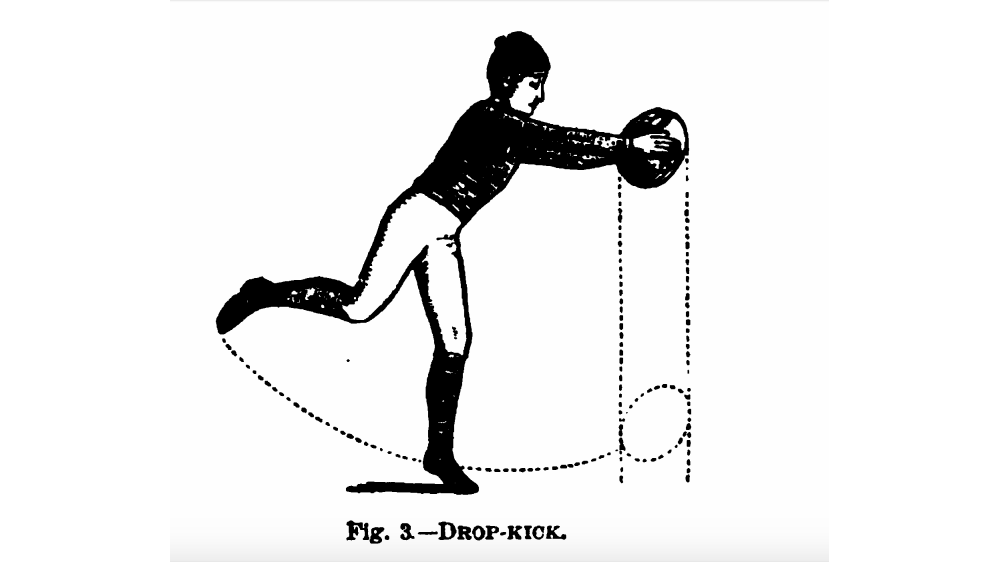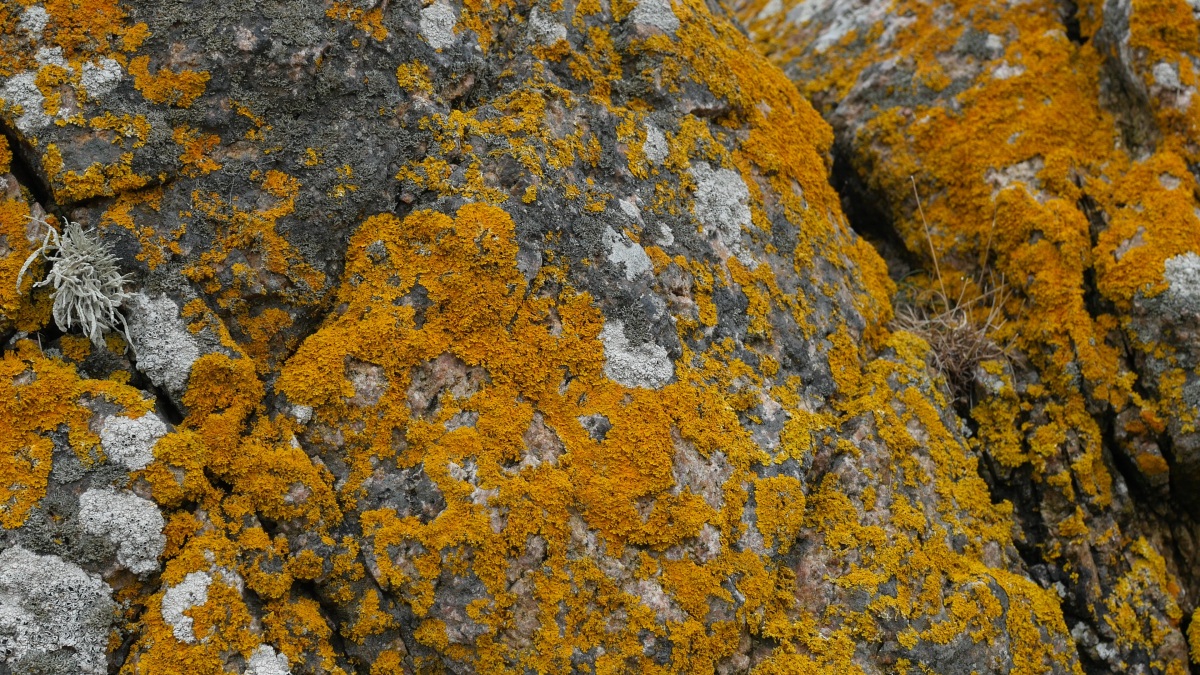The research project How to Do things with Performance participated in PSI #23 Overflow, the Performance Studies International conference in Hamburg June 8-11 2017 by joining the Artistic Research Working Group sessions called Excess and Abundance of Artistic Research with the following presentations:
Hanna Järvinen, Excess and Abundance in Documentation
Pilvi Porkola, Performance and Institutions
Tero Nauha, Thought of Performance
Annette Arlander, How to do things with performance – Performing with plants (first attempts)
JA SAMA SUOMEKSI:
Tutkimusprojekti Miten tehdä asioita esityksellä osallistui esitystutkimuksen konferenssiin PSI #23 Overflow Hampurissa 8-11 kesäkuuta 2017 liittymällä taiteellisen tutkimuksen työryhmän sessioihin Excess and Abundance of Artistic Research seuraavin alustuksin (otsikot karkeasti suomennettuna):
Hanna Järvinen, Dokumentaation ylenpalttisuus
Pilvi Porkola, Esitys ja instituutiot
Tero Nauha, Esityksen ajatus
Annette Arlander, Miten tehdä asioita esityksellä – ja esiintyä kasvien kanssa (ensimmäiset yritykset)





